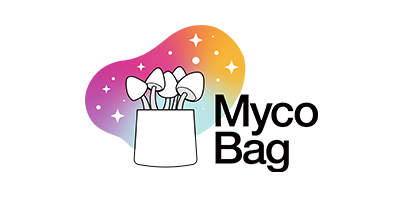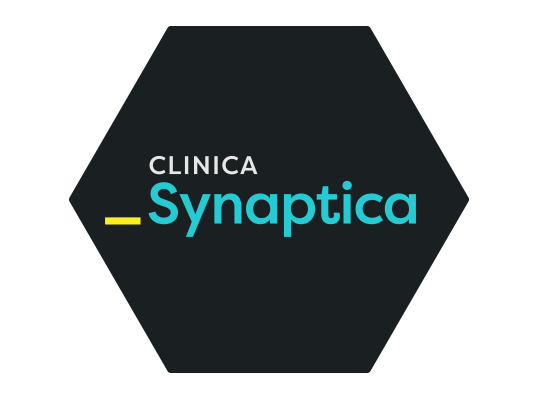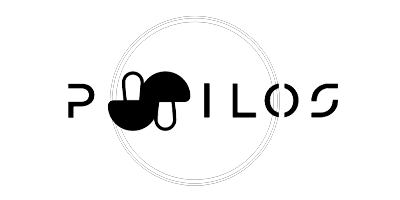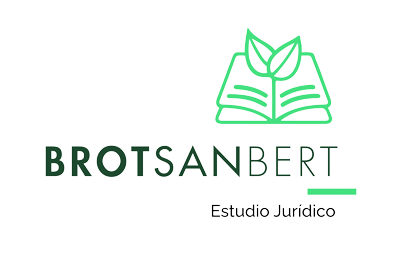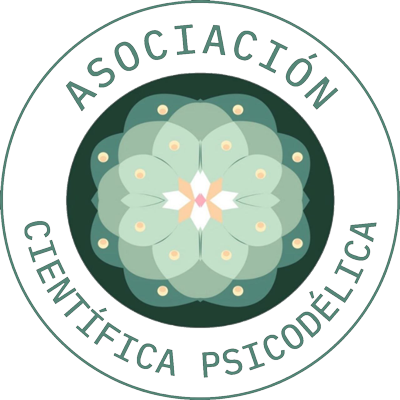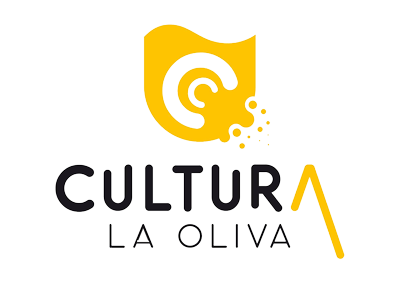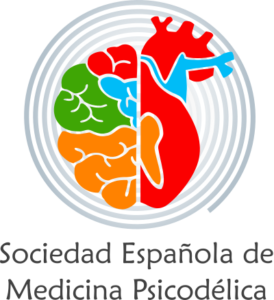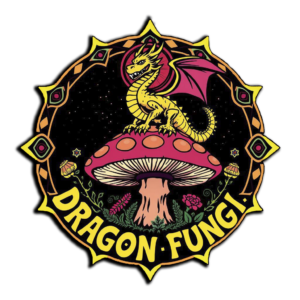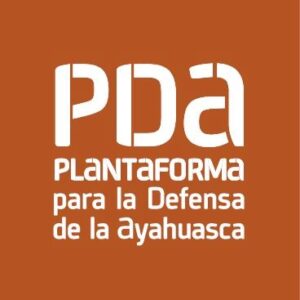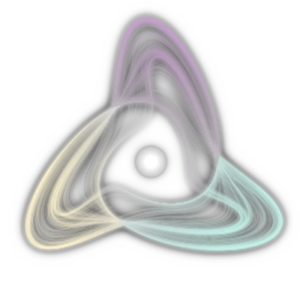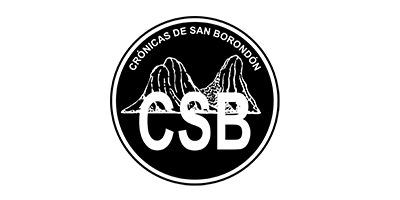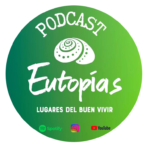Anthropologist Antoniu Llort will share at Fuertedélica the results of the clinical trial with ibogaine for methadone detoxification, whose Phase II has just concluded at Sant Joan Hospital in Reus. In Llort’s words, it is “an exciting study that could mark a before and after in the treatment of methadone dependence.”
Don’t miss Antoniu’s presentation at Fuertedélica, on Saturday, November 23rd starting at 3 PM.
José Carlos Bouso, scientific director of ICEERS, argues that ibogaine could help mitigate the serious opioid crisis ravaging North America. What do you think?
I believe ibogaine represents a third option, given that the concept of addiction, both in its cultural and medical dimensions, is often perceived in a binary way: you are either addicted or not. Ibogaine and other molecules have the potential to escape this logic, offering an opportunity to people who are at the limit of their lives. The opioid crisis in the United States is not just an addiction problem, but also a survival issue, linked to the withdrawal of medications that were approved and overprescribed without considering the consequences that are so evident today.
What does a “third way” mean in this context?
A third way implies an approach that doesn’t see addiction as a stigma or as a mere brain disease. This perspective goes beyond traditional and coercive treatment methods, which can be threatening to certain sectors, such as the pharmaceutical industry and more conservative psychiatry. However, it’s important to recognize that addiction to fentanyl, for example, doesn’t always develop under the harsh social conditions presented in the media. It’s a spectrum of uses that varies according to the social context.
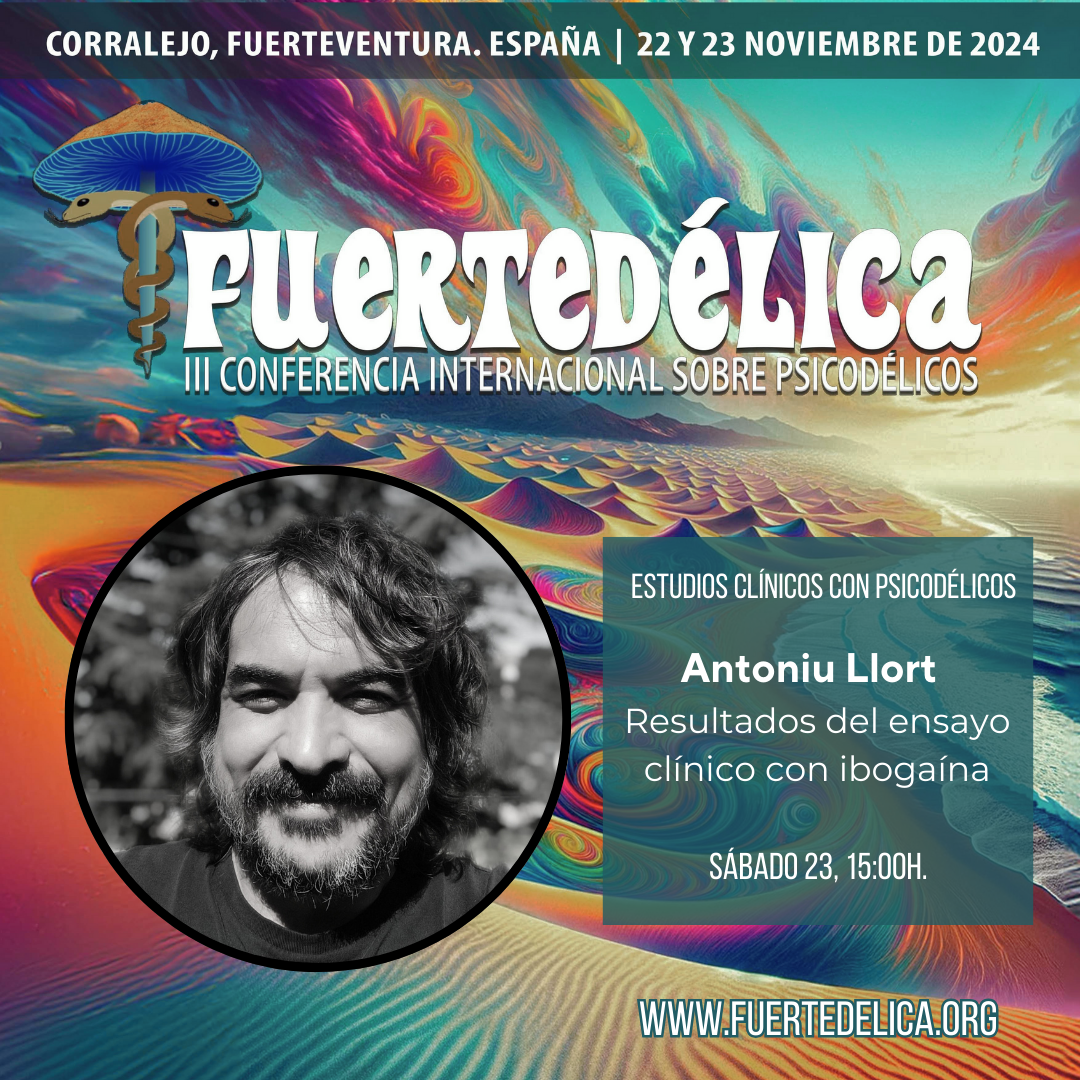
Do you think it’s possible to overcome the current paradigm surrounding drugs and their treatment?
I believe ibogaine and other plant-based substances offer an alternative that is not yet legitimized, but allows us to perceive dependence in a safer and more respectful way. These alternatives could ensure that those who consume certain substances don’t face avoidable risks.
Recently, I spoke in this same medium with a colleague of yours who will be at Fuertedélica, Rafael Guimaraes, who has conducted a clinical trial with iboga for people with alcohol dependence. Rafa told me that they had given up working with iboga because the safety margin was very narrow. How did you address the safety issue in the Reus study?
The study is focused on finding the effectiveness and safety of ibogaine. Therefore, we work with truly safe quantities, up to a maximum of 600 milligrams. As it’s a study based on efficacy with the minimum dose, we have detected some people who have approached this limit and have been invited to leave the study for their safety. This limits seeing other aspects with higher doses of ibogaine effectiveness, but on the other hand, it ensures that all people in the study avoid any cardiovascular risk. I think the safety issue is crucial.
What is the difference between ibogaine and other substances like psilocybin mushrooms or ayahuasca in the treatment of addictions?
Ibogaine seems to be particularly effective in treating various addictive behaviors, whether alcohol, sex, or any other compulsive behavior. This differential effect was initially observed by Howard Lotsof, who experienced its anti-addictive properties.
Tabla de Contenido
ToggleIboga in religious contexts
Interestingly, this effect is not related to the ritual and religious context of iboga, which will be analyzed by Giorgio Samorini at Fuertedélica.
Ibogaine is an isolated molecule, brought to the West and used in a different context. In our study, a “biomedical ritual” has been created that involves the accompaniment of nurses, doctors, interviews, the ingestion of the capsule, and constant monitoring of vital signs. Those elements configure a ritual context that seems to be working beyond the pharmacological action of the molecule.
There is an immediate effect on intake and perception, but I think more efforts should be put into studying this environment and context, which can totally influence the therapeutics of the molecule.
Have the study participants experienced effects similar to the ritual experiences of death and rebirth described in traditional contexts?
Yes, but they are not comparable in power and intensity, but lucid visions with closed eyes, appearance of human figures around the hospital bed, movements of objects, sensations similar to the intake of mushrooms or LSD, have been reported by the majority of people and to different degrees.
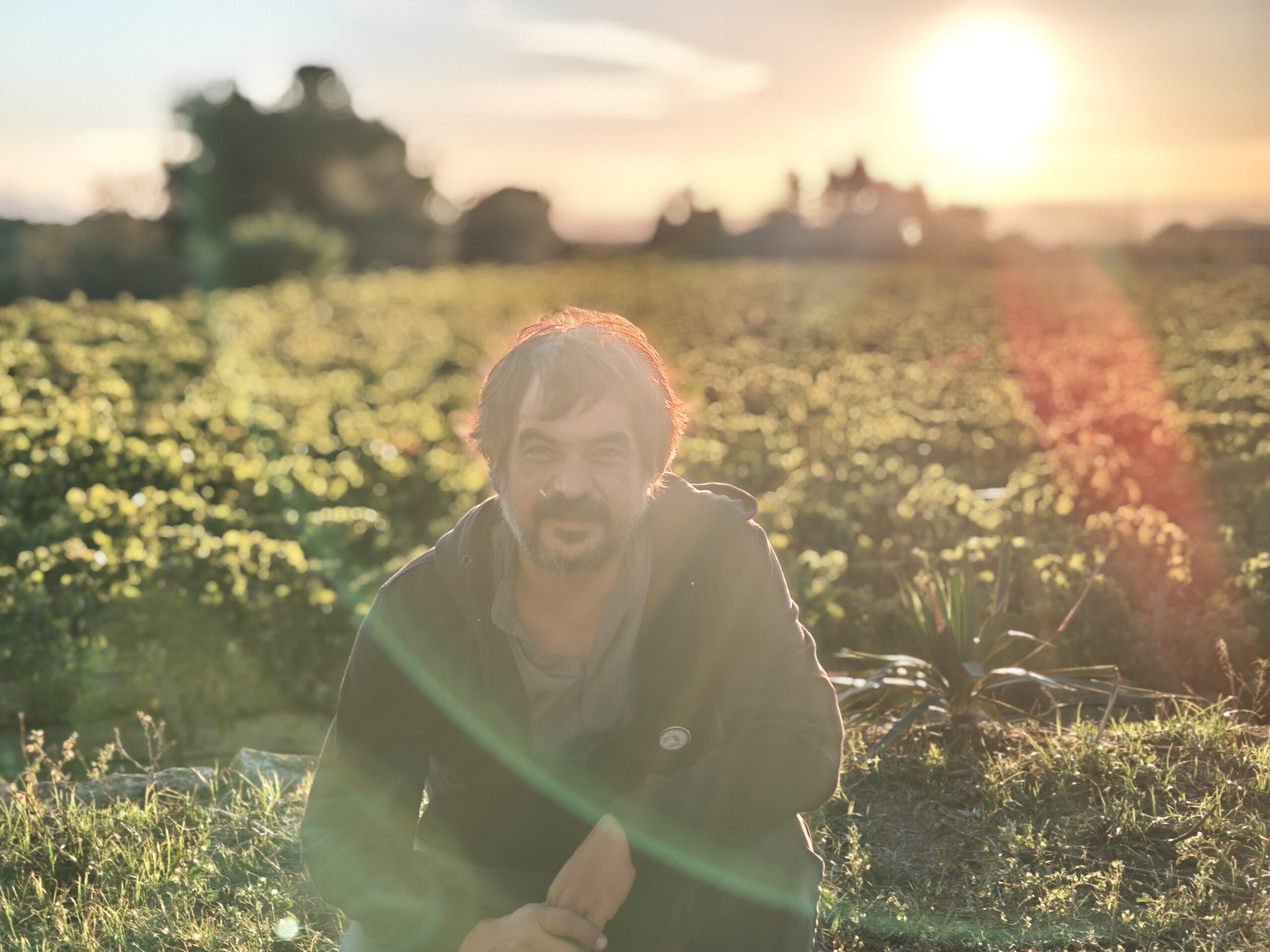
What factors are involved in the appearance of different effects?
There were two different groups. The first took 100 milligrams of ibogaine each week, while the other group had an ascending dose from 100 to 600 milligrams by the sixth week. It was evident which person was in one group or the other. For those who were experienced in the consumption of entheogens, the dose seemed low to them. In contrast, people who had never taken any psychedelic were reluctant to have experiences of this type or even declined to enter this study. The former have reported imagery analogous to traditional cultural literature.
Methadone’s “chemical iron chain”
Has ibogaine achieved the desired effect in patients? Have they managed to break that “chemical iron chain” with methadone?
The results have been good in the short term and, a year later, I must say not in all people. It has been a very hopeful and very luminous study, but it also has many shadows. These are experiences in the lives of very different people and therefore I don’t think the medium and long-term efficacy of ibogaine can be extrapolated or generalized.
What lessons does this study leave?
The current approach to pharmacology, based on the DSM-V, conceptualizes addiction as a brain disease. However, labeling people with dependence as criminals or sick perpetuates stigmas. I hope this study will help transform these stereotypes and make more humane alternatives visible. While methadone is perceived as an “iron chain” difficult to abandon, ibogaine has allowed participants to temporarily free themselves from such dependence, a significant advance in the treatment of opioid dependence.
Don’t miss Antoniu’s presentation at Fuertedélica, on Saturday, November 23rd starting at 3 PM. Get your discounted ticket at this link.

